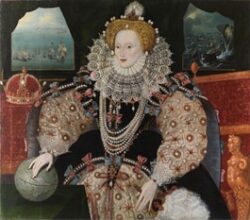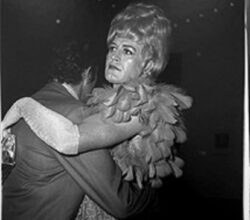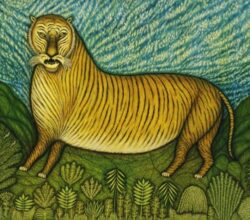
Why Art Was Such a Powerful Tool for England’s Tudor Monarchs
Meilan Solly | Smithsonian Magazine | 11th October 2022
With a tenuous claim to the English crown, the volatile Tudors needed to boost themselves. Art was one way to do it and they spent grandly on paintings, tapestries, precious objects, anything that emphasised power and entitlement to rule. Holbein’s portraits of Henry VIII are classic images of kingly virility. Elizabeth I tried to convey power by emphasising ageless beauty. “Elizabethan art isn’t naive. It’s not provincial. It’s the result of conscious choices.”


